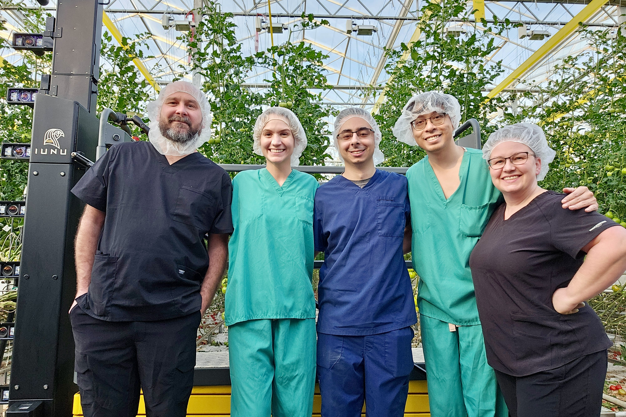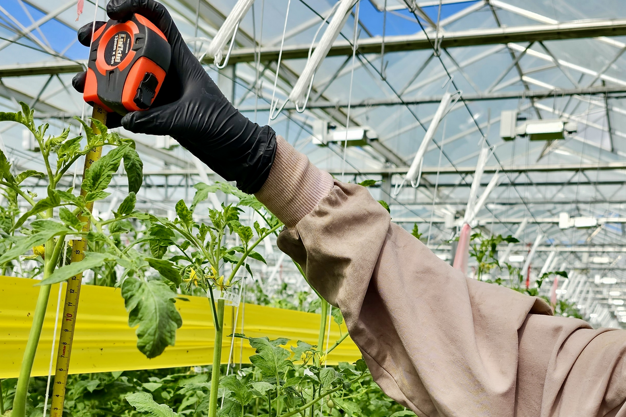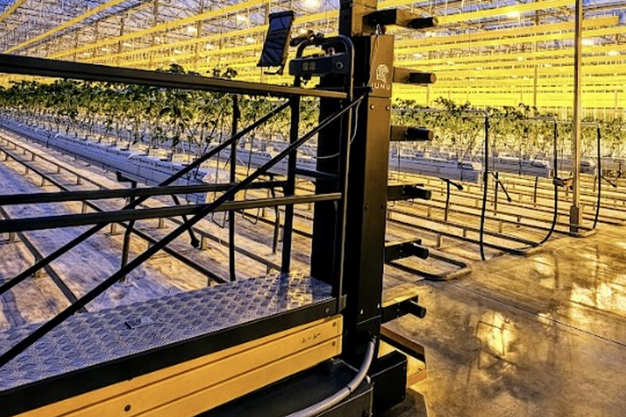Plants are the driving force of greenhouse operations, dictating labor, forecasting, and livelihoods while sustaining global food systems. Over the past 50 years, advancements in technology have propelled growers to yield over 30 times more than their predecessors, ushering in a promising era for agriculture. Yet, two critical theories have emerged: the necessity of putting plants at the center of the growing process and the acknowledgment that crop uniformity is not automatic despite efforts to control genetic variables.

In light of these insights, IUNU is challenging conventional crop registration methods prevalent in greenhouse agriculture. Recognizing the pivotal role plants play and the limitations of current practices, IUNU advocates for a paradigm shift towards a more data-driven approach.
IUNU finds that traditional manual methods of crop registration are increasingly inadequate in providing the comprehensive insights essential for optimizing greenhouse crop production. In a recent article published by IUNU titled "Crop Registration: A Compass for Crop Management," concerns were raised regarding the efficacy of these practices.

Manual crop registration
A key point raised in the article is that traditional methods of crop registration are not sufficient for understanding how plants respond to their environment due to high variability from plant to plant. In addition, the article discusses that growers rely on crop registration to measure plant development, production, and crop response to climate. Another point raised in the article is that manual crop registration is time-consuming, expensive, and prone to errors. The article further claims that small sample sizes and infrequent measurements make crop registration data unreliable. This is considered to be the reason for many poor decisions made in greenhouses, not lack of talent.
The IUNU supports this article's key points.
"We believe in a future where every grower is empowered to unlock the full potential of their greenhouse production," says IUNU. "Our industry is rich with opportunities, yet limitations of resources and information can hinder progress. This is why we're committed to making a difference."

Luna Mast Imaging System
Addressing these challenges, IUNU introduced an automated crop registration module within its Luna platform, specifically designed for tomatoes. The IUNU states that "this solution transforms crop registration practices, offering growers the power of real-time, comprehensive insights into plant growth and performance. These insights empower growers to optimize growing conditions, identify problems early, gain insights to drive decisions, and ultimately increase sell-thru."
IUNU adds: "You no longer need to settle for outdated methods. A brighter path to achieving the insights you seek has arrived.
The full article can be read at iunu.com
For more information:
IUNU
info@iunu.com
iunu.com
